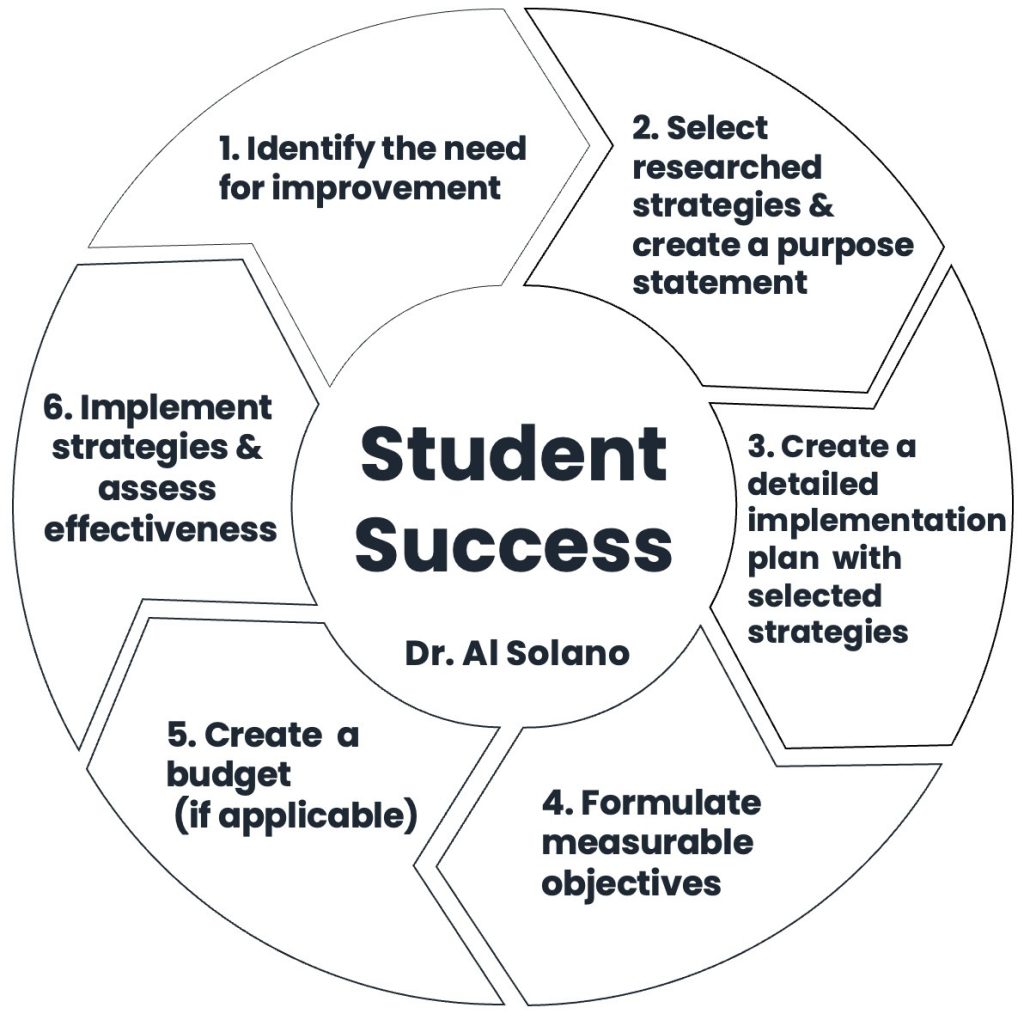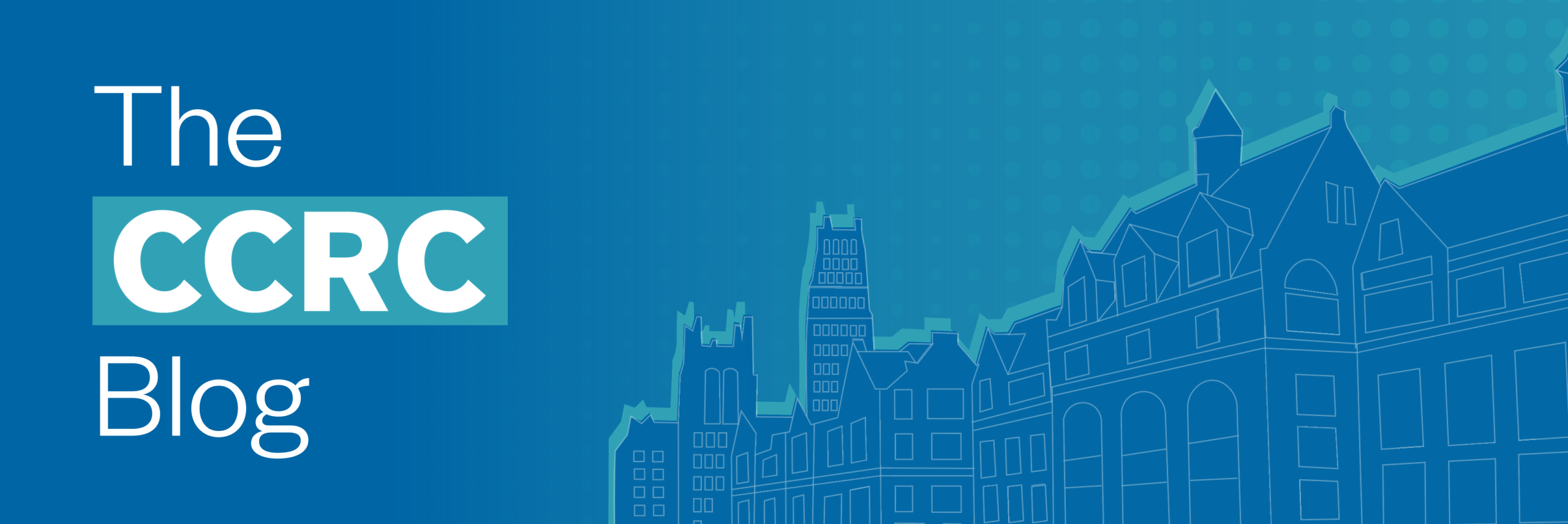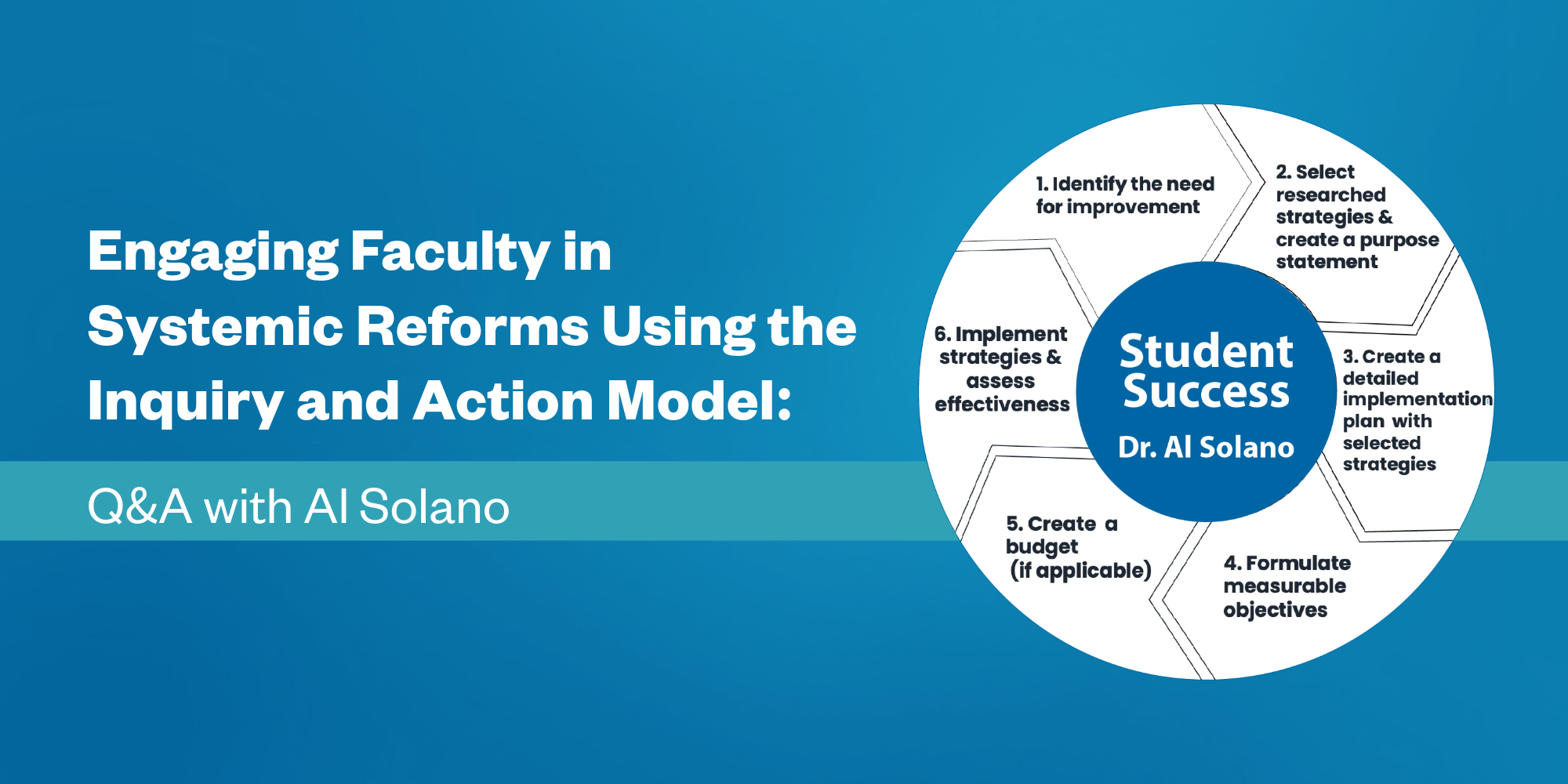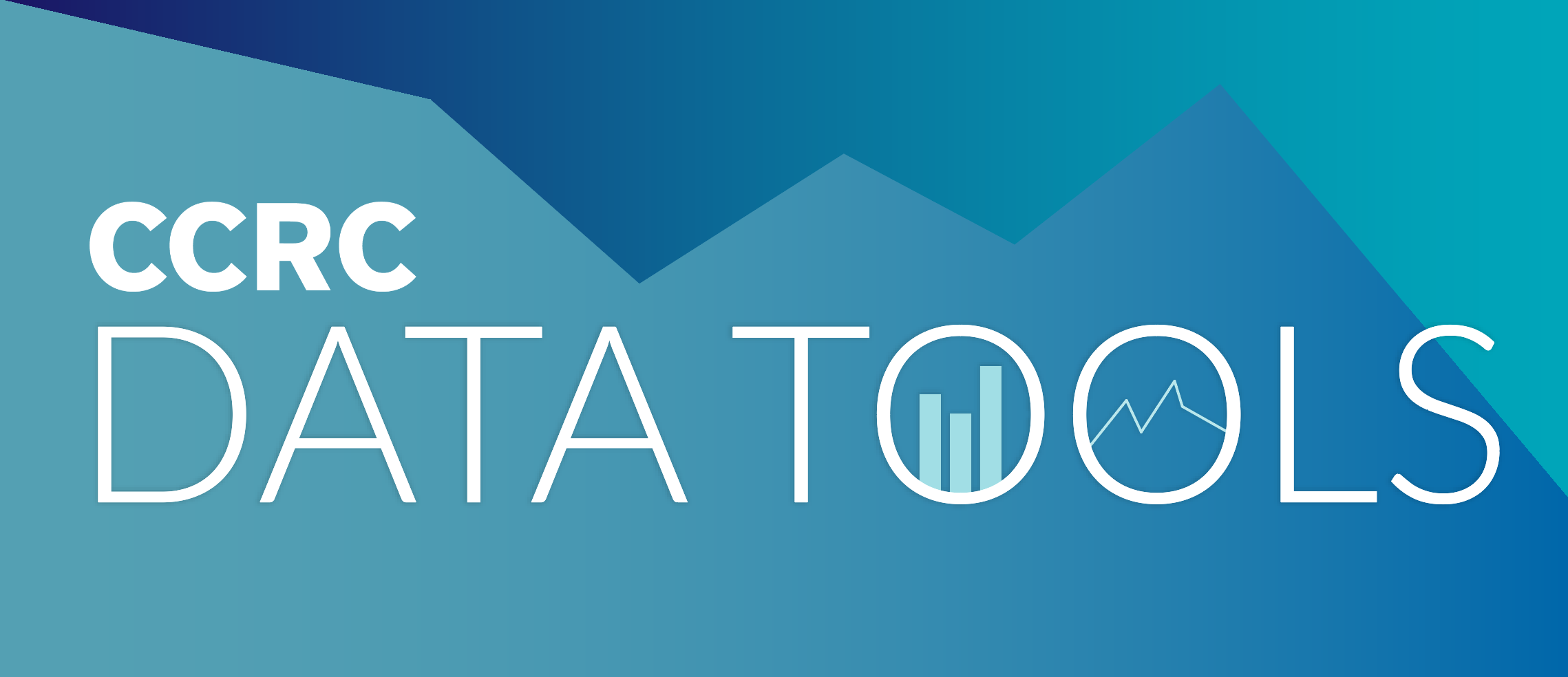Engaging faculty in systemic reforms to enhance student success is critical for institutional improvement. In this Q&A, Al Solano, founder of the Continuous Learning Institute, which works with colleges to engage faculty and staff in the implementation of large-scale reforms, shares his expertise in fostering collaboration among educators through the Inquiry and Action Model. This structured, six-step Inquiry and Action approach empowers teams to address specific student challenges with data-informed strategies while promoting a culture of continuous improvement. Solano—who was a coach in CCRC’s Guided Pathways Summer Institute on rethinking program onboarding—highlights real-world applications of the model, examples of successful outcomes, and the factors necessary for its success, offering actionable insights for colleges striving to enhance student enrollment, retention, and equity.
What challenges do colleges face when engaging faculty in systemic student success reforms?
One of the biggest challenges is creating the conditions for faculty to meaningfully and productively collaborate to continually improve their craft and to partner with student services educators to support student program exploration, planning, and retention.
Can you explain the Inquiry and Action model and how it works?
Inquiry and Action teams follow a structured six-step process to develop data-informed strategies to address specific student challenges. Teams identify problems by analyzing disaggregated data, design actionable solutions, and track their impact. This method mirrors the Plan-Do-Check-Act model but provides specific, easy-to-follow steps to ensure productive meetings and meaningful outcomes.
The Inquiry and Action Six-Step Model

Can you share examples of how this model has been applied at colleges?
Sure! Two teams at Santa Barbara City College (SBCC) decided to focus on improving program recruitment efforts. The arts team created a Trello board highlighting arts programs that had low enrollment and organized a cross-disciplinary online arts exhibition showcasing students’ work focused on social justice. The health, wellness, and public service team held events to encourage Latinas to explore law enforcement careers based on the team’s research that Latinas are highly effective at de-escalation tactics and community outreach.
Three other colleges focused on implementing new instructional practices. At Irvine Valley College (IVC), a humanities team created a faculty guide to address inconsistent student grading and assignment deadline policies. At Ventura College, the English team sought to help the many students who feel discouraged with the writing process and drop out early in the semester by building confidence in writing through the deconstructed essay method. A faculty team at Long Beach City College (LBCC) created artificial intelligence (AI) guidelines and professional development for the entire campus to help faculty better incorporate AI into their classrooms.
Finally, SBCC’s automotive team found that too many students were only taking one course to learn specific skills to improve their job prospects. By partnering with academic counselors to help students develop career-focused educational plans and create student portfolios, the team helped students understand that having a certificate or associate degree with well-documented skills would help them advance more quickly to well-paying career-path jobs.
What are some outcomes you have seen from teams who engaged in this process?
The outcomes vary because each team sets its own measurable objectives. For example, I’ve seen programs with extremely low enrollment achieve a 500% increase in enrollment, up to a 20-percentage-point equity gap reduction in specific course sections, and nearly 100% Black student retention after the college’s census day. However, not all teams achieve their desired outcomes in the first or second cycle—and that’s completely normal. I always remind teams that they’re like scientists in this process—they develop a “treatment” and assess its impact in Step 6: Implementation Analysis. If the results fall short, we adjust the treatment and try again in the next semester. Inquiry and Action is about continuous improvement, where every cycle brings valuable lessons for refinement and progress. For me, a significant outcome is improved morale among team members because faculty see that they can work together to achieve real improvements in outcomes for their students. This sense of empowerment is contagious: Even one small team can catalyze broader positive culture change at the institution.
What does the process look like in practice?
Teams meet biweekly for 90 minutes and have additional prep time each month. They kick off by setting norms and working through Step 1 of the process. Meetings build on prior progress, and each step involves highly detailed substeps. Depending on the project, the first cycle can take one to two semesters to complete, with some teams continuing over summer and winter breaks to maintain momentum.
What factors are key to the success of Inquiry and Action teams?
Let me provide six critical components:
- Coalition of the willing: Successful teams consist of individuals who are genuinely motivated to participate rather than those who are “volun-told.” These participants are more likely to bring energy, creativity, and perseverance to the work.
- Inclusion of part-time faculty: Part-time faculty make up a significant portion of the teaching staff at colleges. They bring essential perspectives and benefit from collaborating with their full-time colleagues to improve their craft.
- Dedicated time and space: Teams need dedicated time and conducive spaces to engage in deep discussion, problem-solving, and action planning. Without this, the work can become fragmented or stalled by competing responsibilities and priorities.
- Students’ voices: Teams benefit by inviting students to provide input. Students often bring fresh perspectives that illuminate problems and potential solutions that team members might not have considered on their own.
- Facilitator: Having a skilled facilitator is essential to ensure that meetings are run productively and on time, keeps the process on track, and helps the team reach consensus.
- Support from administrators: Leadership is needed to provide funding and recognize team participation as committee service or professional development hours.
How can colleges adapt this model to different contexts?
While the examples here focus on faculty teams, the model is flexible. At IVC, the classified professional team addressed first-generation student needs through events promoting belonging. The same principles can be applied across departments, onboarding processes, and career pathway initiatives.
What role does leadership play in scaling and sustaining this model?
Leadership is essential for funding, visibility, and scaling. For instance, IVC’s leadership supports twelve active teams and funds team leads to organize and facilitate the process. Similarly, other colleges such as LBCC integrate participation into committee service or professional development requirements.
What’s the ultimate goal of Inquiry and Action teams?
To foster a culture of continuous improvement where educators collaborate to enhance teaching and student support. The process not only boosts student outcomes but also improves morale among faculty and staff by empowering them to create meaningful positive change.
Where can people learn more?
Visit the Inquiry and Action page. Also, check out the Continuous Learning Institute website—it’s packed with free, no-strings-attached resources and tools to boost student success and equity. There are no email sign-up requirements to download resources and no ads, just practical guidance for college educators.




